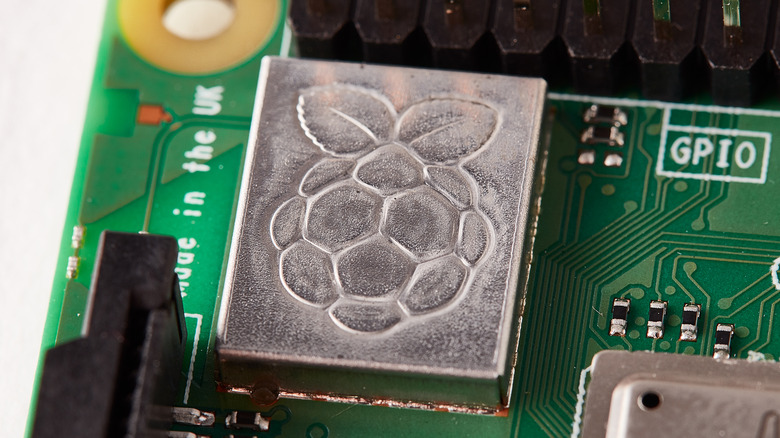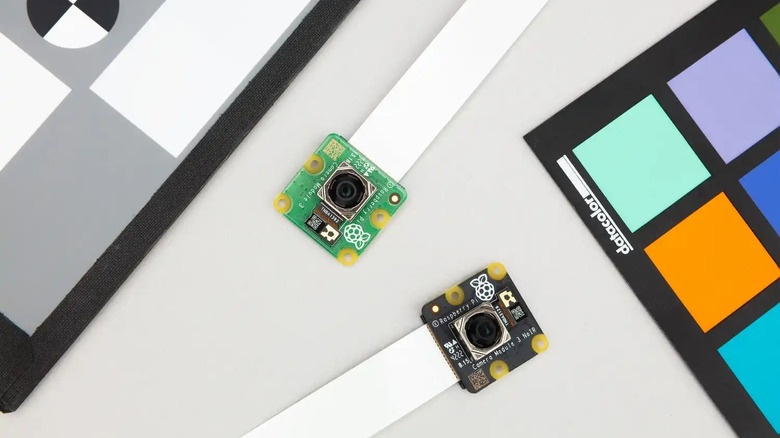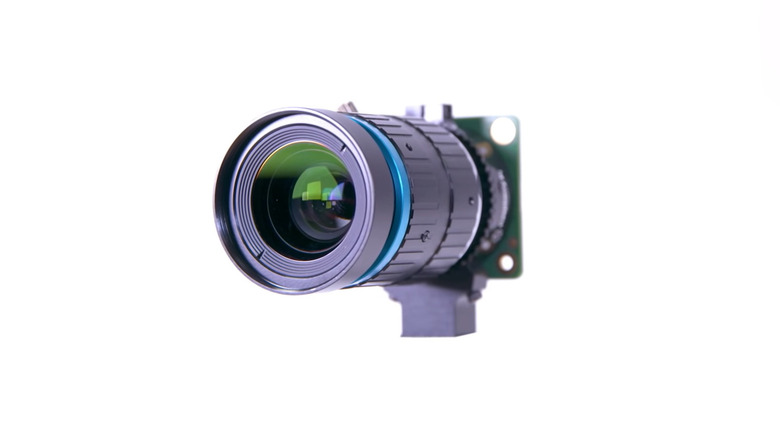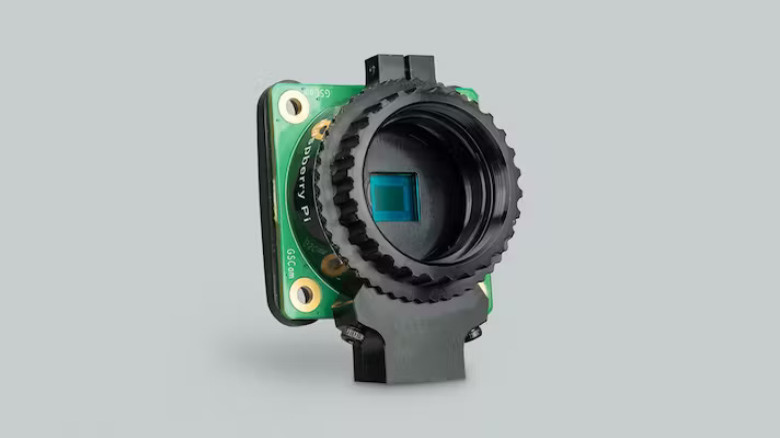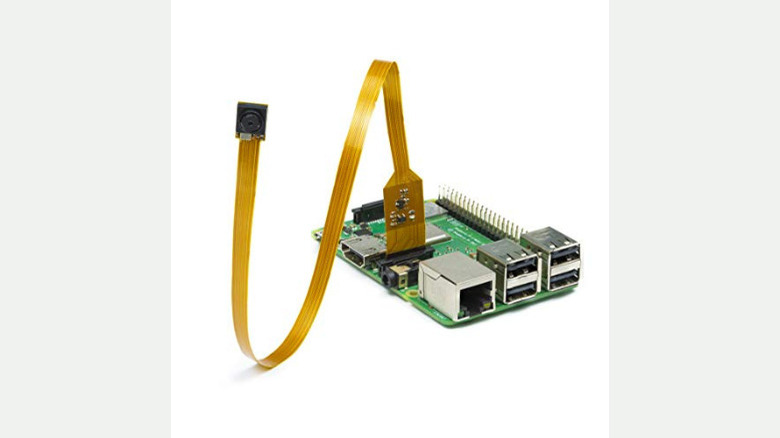4 Of The Best Raspberry Pi Cameras In 2023: Which Is Best For Your Project?
Tech enthusiasts have been adding all sorts of accessories to the Raspberry Pi, transforming it from a basic computer to something entirely different. Some integrate environment sensors into the board to create a weather station or a plant health monitor. Others use screens to make an attendance system or a DIY smartphone.
However, if there's one accessory that's a true jack-of-all-trades, it's the camera. With its versatility, you can develop a wide range of projects with your Raspberry Pi: from a smart video doorbell and security camera, to a fun photo booth and your very own Polaroid. Raspberry Pi cameras offer a degree of customization and adaptability that can serve a variety of purposes for your projects.
However, as the popularity of Raspberry Pi has rose, so did the number of camera models on the market. There are dozens of options for you to choose from, but which one should you buy?
Raspberry Pi Camera Module 3
Released in early 2023, the Raspberry Pi Camera Module 3 is a significant step up from the Camera Module 2 that came out in 2016. For starters, the new version comes in four different models instead of just two: standard lens, standard lens with No Infrared filter (NoIR), wide lens, and wide lens with NoIR. The standard lens can capture a diagonal field of view (FOV) of 75 degrees, while the wide lens has an FOV of 120 degrees.
A closer look at the camera specifications reveals that the Camera Module 3 features the Sony IMX708 12-megapixel Quad Bayer sensor. This means you can snap photos with resolutions of 4608x2592, record videos at full HD with 50 fps, and take advantage of the High Dynamic Range (HDR) feature of up to 3MP. The Camera Module 3 is also the first of its kind to get the highly requested autofocus feature. It's a Phase Detection Autofocus (PDAF) that lets you take shots as close as five centimeters.
You can use the Camera Module 3 for general surveillance projects like for home security or for remote viewing. It's also a relatively cheaper option for projects like wildlife camera traps, where you can use its autofocus and high-quality resolutions. If you need to see things in the dark, the Camera Module 3's NoIR models can also come in handy.
Raspberry Pi High Quality Camera
If you're in need of higher-quality photos and videos for your project, then consider the Raspberry Pi High-Quality Camera. This version has the Sony IMX477R sensor that offers 12.3 megapixels and a 7.9 mm sensor diagonal, a slight upgrade from the Raspberry Pi Camera Module 3's 12 megapixels and 7.4 mm sensor diagonal. With that, you can expect crispier and more detailed shots.
There are two variants of the HQ Camera to pick from depending on what type of lens you'll be using. You can get one with the C/CS mount, or one with the M12 mount. However, you can't use the camera on its own. You need to buy the lenses separately, or get an adapter for the lenses you already own. This makes the HQ camera even more expensive than the Raspberry Pi Camera Module 3. While the latter retails at $25, the HQ Camera costs $50 (plus lenses, starting at $25).
That said, if you're only looking for a basic camera for your project, the Camera Module 3 should be enough. But if your project is heavy on photography — say a time-lapse photo station, or a Raspberry Pi-based DSLR camera — the HQ Camera is still a better choice.
Raspberry Pi Global Shutter Camera
Apart from the Raspberry Pi Camera Module 3, another RPi camera that debuted in 2023 is the Global Shutter Camera. It uses the Sony IMX296LQR-C sensor with 1.58 megapixels and a 6.3 mm sensor diagonal. While that may not look impressive next to the Camera Module 3 and the HQ Camera, what sets the Global Shutter Camera apart is its global shutter sensor that can shoot fast-moving objects without distortion.
This is the first-ever camera in the Raspberry Pi line to come with such a sensor, as previously released cameras only feature rolling shutters. Rolling shutters don't fare well in rapid-motion scenes — they often leave behind unnecessary shapes in the photos. That's where the Global Shutter Cameras come into play.
It's perfect for real-time object detection or face recognition, since machine vision models already use lower-resolution images. You can also use it for sports photography to capture those quick-action shots. The camera doesn't come with autofocus, though, but you can manually adjust the focus.
Arducam Miniature Camera Module
The beauty of getting official Raspberry Pi cameras is that you know they're already compatible with RPi boards, making the setup process trouble-free. Unfortunately, the official Raspberry Pi cameras are only available in sizes of 25x24mm and 38x38mm. They may be too big for compact applications like an endoscope, or for projects where you don't want the camera to be recognizable such as a smart mirror or a spy surveillance system. In that case, you can use the Arducam Miniature Camera Module instead.
Its camera module is a mere 6mm, so you can hide it easily and integrate it into small devices. It features the Omnivision OV5647 sensor that has five megapixels, offering image resolutions of 2592x1944 and video quality of 1080p at 30fps, 720p at 60fps, and 480p at 90fps. The Arducam Miniature Camera Module is also readily compatible with Raspberry Pi boards 2, 3, and 4 and their camera libraries. However, it has no NoIR versions, so it's best used in brightly lit environments.
